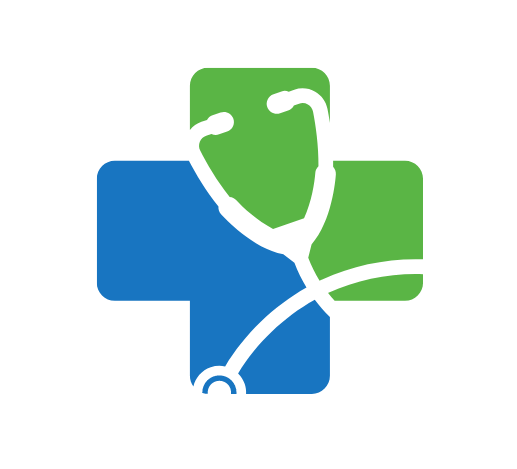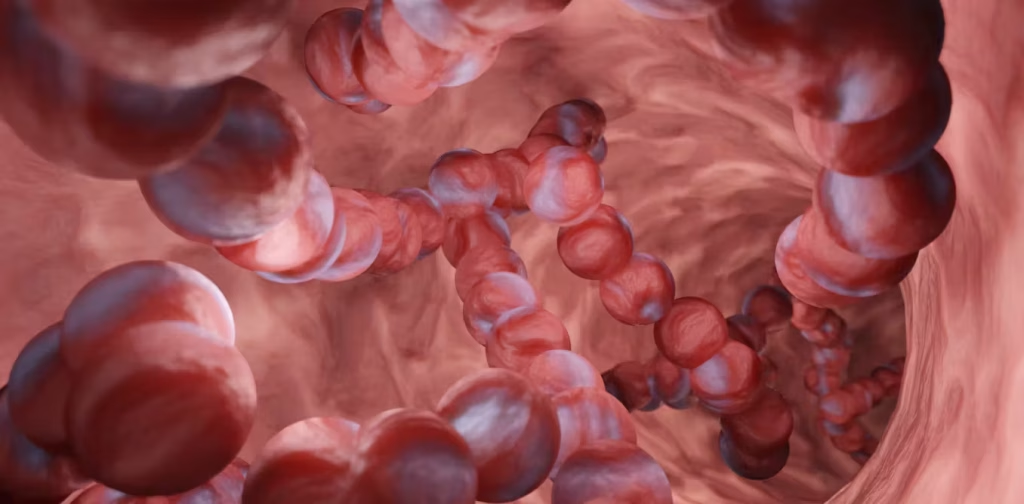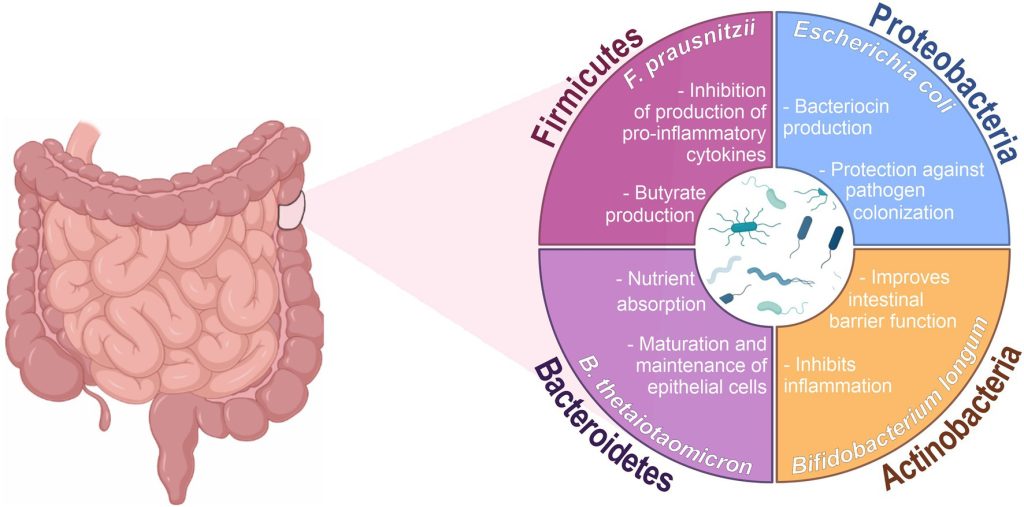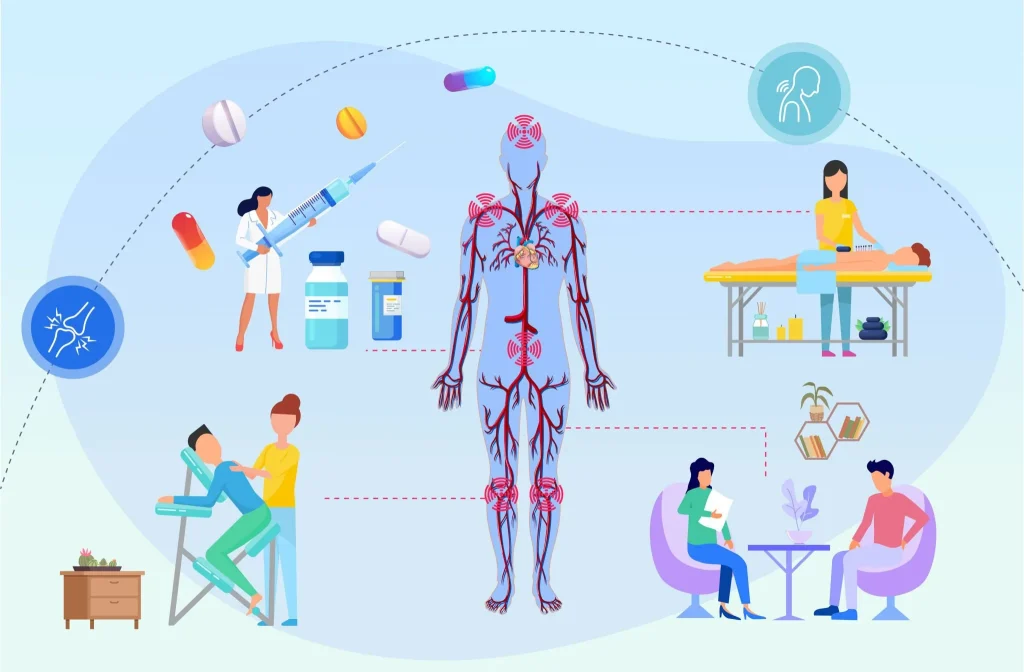Communicating with patients with dementia
Imagine speaking, but the listener no longer understands familiar words. Or imagine hearing, but not recognizing meanings you once knew. This is often what patients with dementia experience. Communication becomes more than words. It turns into gestures, tone, rhythm, and comfort. As healthcare professionals, especially those practicing in culturally diverse environments like Istanbul or Dubai,…
Read more











 then "Add to Home Screen"
then "Add to Home Screen"